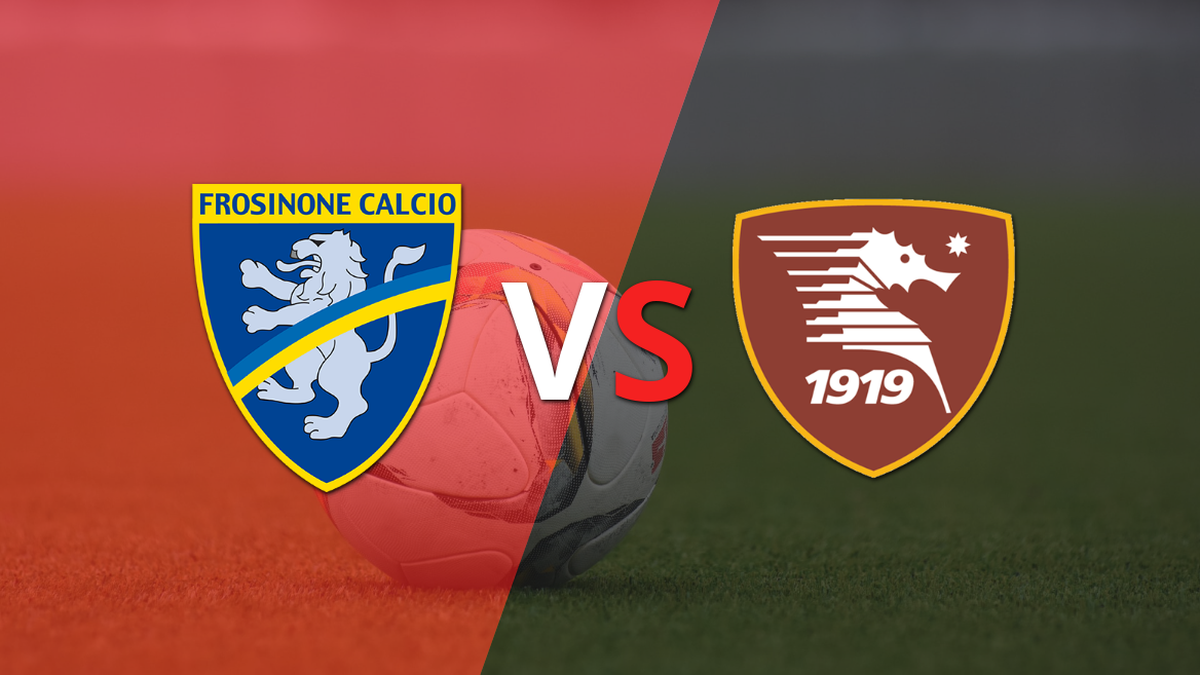At the weekend, the first year of Steinmeier’s second term ended. The war in Ukraine took the place of the corona pandemic. Difficult times for the head of state too.
Again to the eastern flank of NATO, again to an unsettled ally. At the end of the first year of his second term in office, Federal President Frank-Walter Steinmeier has just visited Estonia. The trip was exemplary for his past twelve months. It’s been 12 months of damage control, 12 months of confidence building.
His second term in office – he had probably imagined it a little differently. It is worth looking back to May 28, 2021. At that time, Steinmeier announced his application for another five years at Bellevue Palace. He wanted to accompany Germany on the way to a future after the corona pandemic, that’s how he justified his request at the time. “The pandemic has left deep wounds,” he said. “We have rubbed ourselves raw fighting about the right path. I want to help heal these wounds.”
But the agenda changed. Things were already hanging in the balance when Steinmeier was re-elected by the Federal Assembly on February 13 last year. “We are in the midst of a military conflict, a war in Eastern Europe. And Russia is responsible for that,” said the newly elected president. And: “I appeal to President Putin: Untie the noose around Ukraine’s neck! Join us in finding a way that preserves peace in Europe!” The appeal went unheeded. Eleven days later, Kremlin boss Vladimir Putin rolled out his tanks. Since then, Germany has been in crisis mode – including its head of state.
External damage control
Two factors caused Germany’s reputation to drop significantly, especially with its eastern partners, at the beginning of the war – on the one hand, holding on to the Nord Stream 2 gas pipeline literally to the last minute, and on the other hand, hesitation in providing military aid to Ukraine. “Too late, too little,” was how German aid was rated there. Latvia, Lithuania, Poland, Slovakia, Romania – Steinmeier traveled almost the entire eastern flank of NATO and assured the allies again and again, as he just did in Estonia: “Germany stands by its responsibility in NATO and in Europe.”
self-limitation of damage
Even though he strongly condemned Russia’s war of aggression from the start, Steinmeier himself quickly came under criticism. Hadn’t he, as head of the chancellery under Gerhard Schröder (SPD) and as foreign minister under Angela Merkel (CDU), had a major say in the – now failed – policy towards Russia? Old photos of almost cordial dealings with Russian Foreign Minister Sergei Lavrov have been published again. The Ukrainian ambassador Andriy Melnyk was waging a kind of private feud against Steinmeier.
The Federal President hesitantly admitted that he had made a mistake: his assessment was that Putin would not accept the economic, political and moral ruin of his country for his imperial madness. “I was wrong, like others, too.” His adherence to Nord Stream 2 was also “clearly a mistake”.
scandal with Kyiv
This did not lead to a calming down in relations with Kiev. On the contrary. When Steinmeier wanted to go to Kiev with the heads of state of Poland and the three Baltic states in mid-April 2022, he was disinvited at short notice – from Berlin’s point of view, an unprecedented political affront. It was not until October that Steinmeier finally traveled to Ukraine.
Search for new partners
Diversification – as a result of the Ukraine war, this is a maxim of German politics. You could also say: warm up old friendships, make new ones, break down one-sided dependencies. It often seemed as if the Federal Chancellor and Federal President were working hand in hand. This becomes clear when looking at their travels. For example, Steinmeier was in Brásilia on New Year’s Day for the inauguration of the new President Luiz Inácio Lula da Silva – Olaf Scholz met with him at the end of January. Or: Scholz traveled to Japan in April last year, Steinmeier a few months later in November. In November Scholz was in Singapore, which Steinmeier had already visited in June.
domestic political agenda
The Ukraine war soon became a defining theme for Steinmeier’s work in Germany. It replaced the expiring corona pandemic. It almost seemed as if the “deep wounds” that Steinmeier had spoken of would heal on their own with the elimination of lockdowns and the obligation to wear masks. Whenever he moved his official residence away from the capital somewhere in the country for three days in his new series of events “Local Time Germany” to listen to the people, it was more about fear of war and high inflation than about the consequences of the war.
Don’t talk things nice, but give people courage at the same time – that’s how Steinmeier sees his role in these difficult times. “There are harder years, rough years ahead of us,” he said, for example, in a kind of speech to the nation in October. But also: “Our country has the strength to overcome crises.” The sentence could have been used in the first term of office on the pandemic.
Source: Stern
I have been working in the news industry for over 6 years, first as a reporter and now as an editor. I have covered politics extensively, and my work has appeared in major newspapers and online news outlets around the world. In addition to my writing, I also contribute regularly to 24 Hours World.




